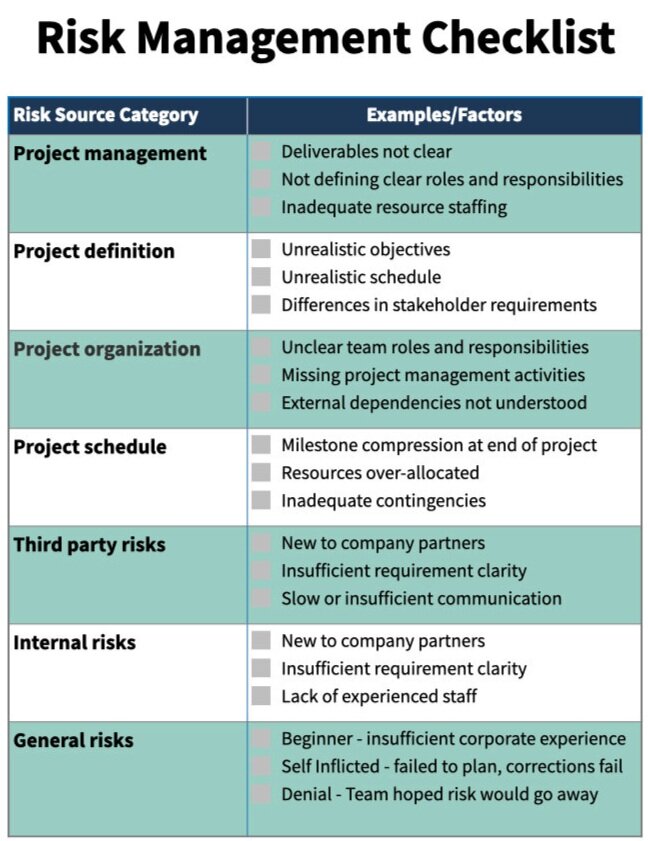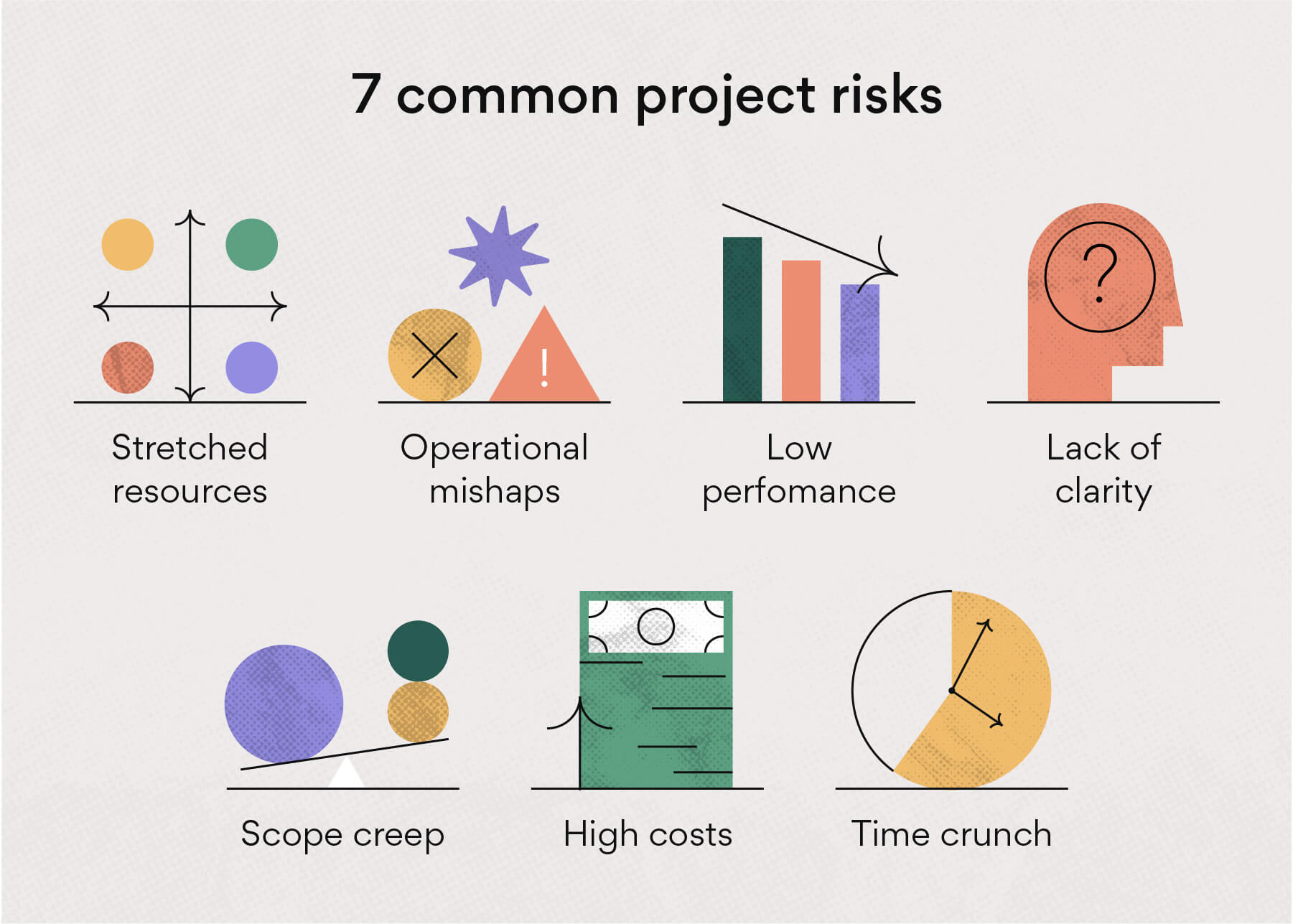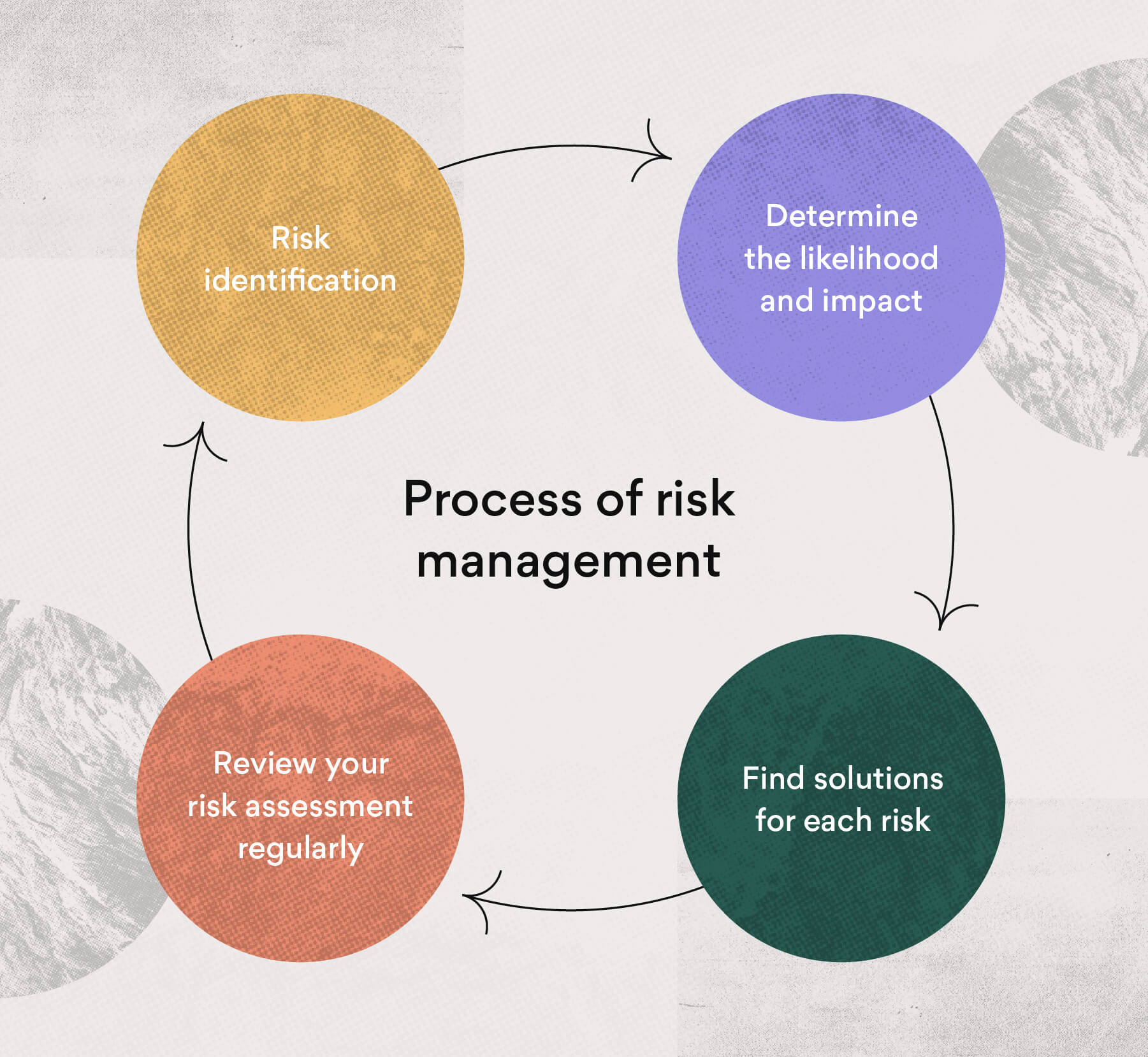Means Responding to Risk by Not Taking a Risky Action
An issue is not a risk but a risk becomes an issue when we no longer can avoid the impact. A more complete definition of risk would therefore be an uncertainty that if.

Enterprise Risk Management Report Template Unique Embracing Philanthropys Risky Business Risk Management Risky Business Business Risk
3 Identify assumptions and perform.

. Calculated Risk Taking As risk surrounds all action and inaction the best that an individual can do is try to pick the risks that are the most likely to create rewards and least likely to create losses. Risk acceptance doesnt take any further action to mitigate the risk. Your Risk Management Strategy requires you to have a negative risk response plan as recommended in the Project Management Institutes PMBOK and falls under the Risk Response Planning process.
31 Example of Transferring Risks via Outsourcing. 1 Conduct emerging risk reviews. The transfer risk response strategy is used when you cannot manage the risk on your own.
An issue has a negative impact on the project. But whether the risk is a threat. Avoid eliminate the threat to protect the project from the impact of the risk.
Develop a formal documented way of identifying assessing and reviewing emerging risks. Avoidance - eliminate the conditions that allow the risk to exist. Transfer Risk Response Strategy means that you need to take action to make another party responsible for the risk.
For example a parent who always puts life. If the risk occurs it will be their responsibility to manage it. There are 4 types of risks.
March 3 2010. Companies need a disciplined approach for determining the importance and potential impact of uncertainties on their objectives. Insurance is one of the ways that you can manage risk by transferring the risk to a third party.
2 Integrate reviews into the strategic planning process. Risk response strategies are the approaches we can make to dealing with the risks we have identified and quantified. Four methods to manage risk as it happens include.
What objectives would be affected if the risk occurred. Risk Response Strategies for Positive Risks Opportunities On the other side of the coin there are those positive risks that you want to exploit. This is where planning and risk response strategies come into play.
The management has then to decide with the range of responses available what level of risk is acceptable for the project. An example of this is. The simplest definition of risk is uncertainty that matters and it matters because it can affect one or more objectives.
With the risk register documenting all the possible risk that have been identified and assessed it is appropriate to develop the action of responding to the risks. Here the management of the risk is transferred to a third party. In risk avoidance you avoid the activity that results in the risk.
This is known as calculated risk taking and implies that you have taken steps to manage risk. We need to identify potential problems that could negatively affect the project analyze the likelihood of them occurring take action in order to prevent the risks that can be eliminated and minimize those that are impossible to avoid. Imagine you work in a company that produces furniture.
Its most common to try to reduce the risk using risk mitigation. An example of this is cancelling the project. An issue is a result of an event that is happening right now or has already happened.
There are four possible risk response strategies for negative risks. Risk cannot exist in a vacuum and we need to define what is at risk ie. This risk response strategy consists in identifying a risk and documenting all the risk management information about it but not taking any action unless the risk occurs.
Accepting risk or risk retention is a conscious strategy of acknowledging the possibility for small or infrequent risks without taking steps to. Your leadership decides that we need an e-commerce website and mobile applications to sell products. Definition of Risk Response.
This article describes what negative risks are and how you should respond to them--this helps you formulate your Risk Management Strategy. In the section on risk quantification we discussed evaluating the risk in terms of its impact and probability in such a way that we would be able to rank risks in their order of importance. Working employees more using overtime.
Transfer shifts the impact of the threat to as third party together with ownership of the response. Definition of project risk. The key point is that the risk event has not yet happened and it might not happen.
Reductionmitigation - minimize the probability of the risk occurring andor the likelihood that it will occur. Leaderships response or action towards the existence of a risk. There are different approaches including.
For example you are lacking resources skills or you are busy with other activities etc. With lives at stake the risk was. Reducing the projects scope.

What Is Risk Management 3 Steps To Minimize And Avoid Risk

How To Prepare For A Tsunami A Guide Checklist Emergency Response Plan Tsunami Family Emergency Plan


Comments
Post a Comment